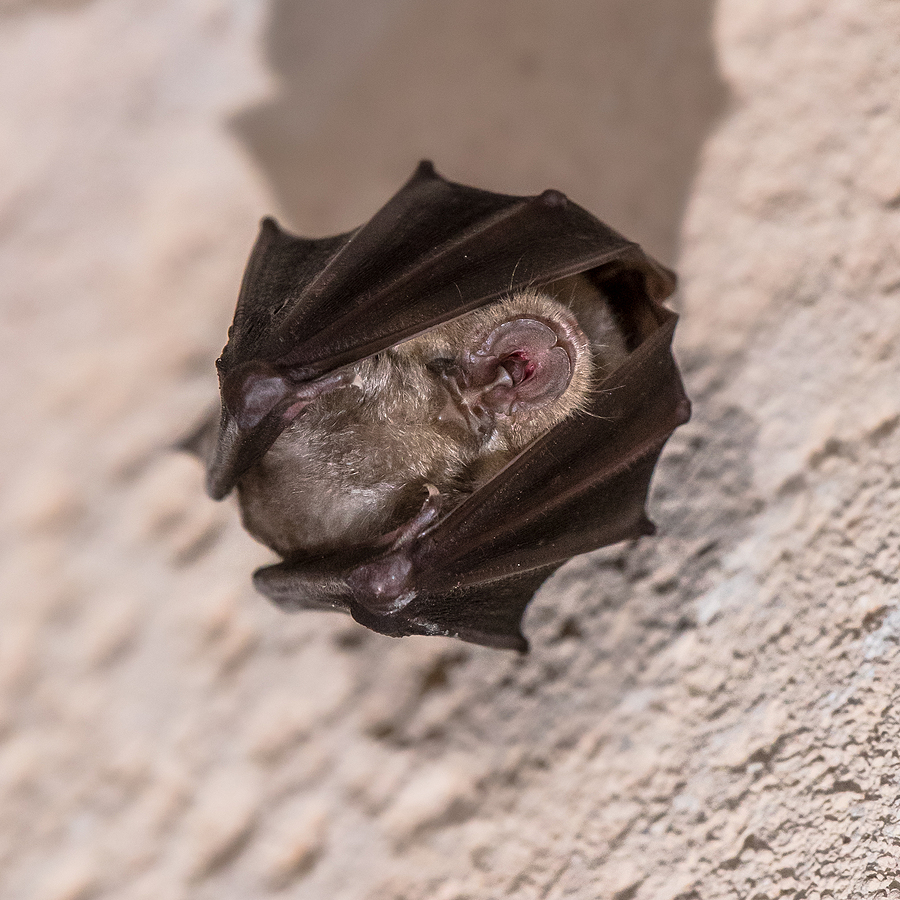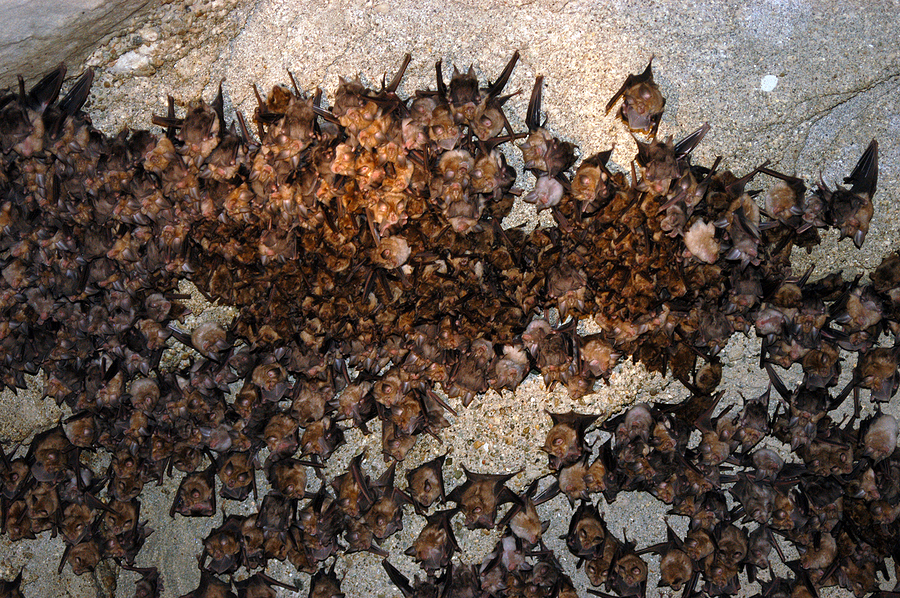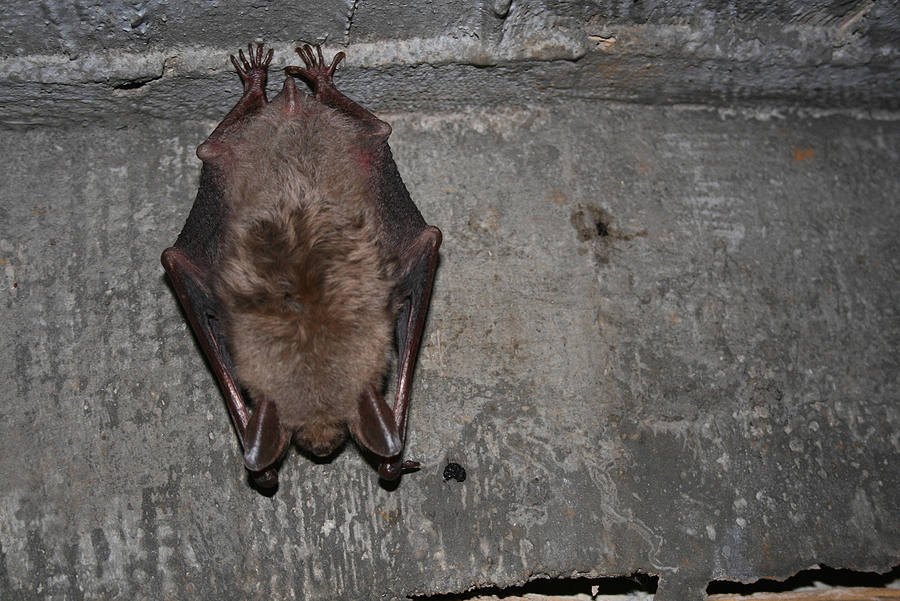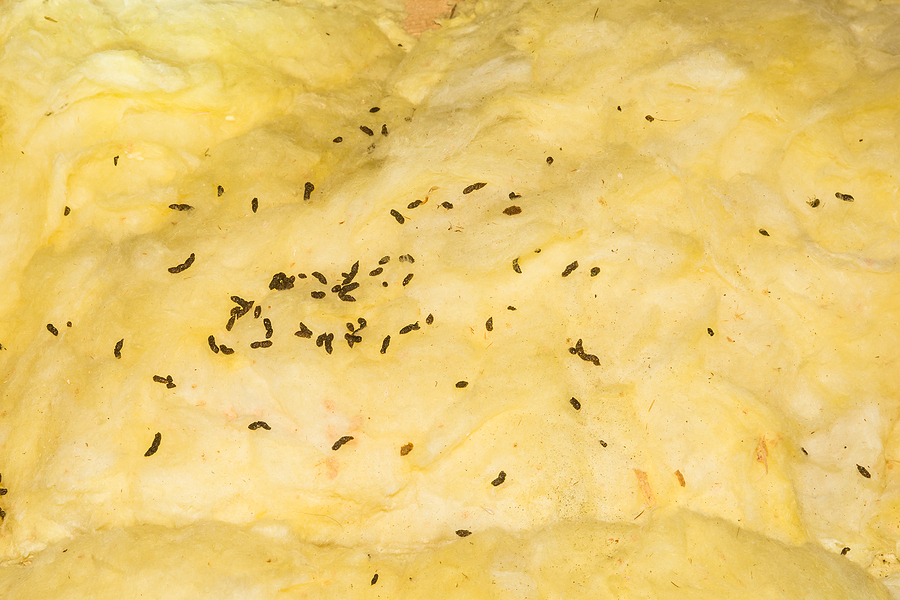Discovering a bat flitting through your living room can be a startling experience. This unexpected guest, often associated with spooky tales, can cause immediate alarm. However, understanding what to do when you have a bat in the house is crucial for ensuring the safety of both your family and the animal. Immediate and calm action is key to managing the situation effectively and humanely.
This guide will walk you through the essential steps to take when a bat flew into the house. We will cover immediate actions, safe removal techniques, and crucial health considerations. You’ll also learn when to call a professional bat removal service and how to prevent future encounters. By following these instructions, you can handle the situation with confidence and ensure a safe outcome for everyone involved.

Strategies for Dealing With a Bat in the House
Immediate Actions: What to Do First
Finding a bat in the house requires a prompt and calm response. The situation is urgent, as quick action minimizes stress for both you and the bat and reduces potential health risks.
- Stay Calm and Observe: Your first reaction might be panic, but it’s important to remain calm. A frantic response will only frighten the bat more, causing it to fly erratically and making the situation harder to manage.
- Isolate the Bat: If possible, confine the bat to a single room by closing all interior doors. This makes it easier to focus your removal efforts on one area.
- Keep People and Pets Away: Ensure that children and pets are moved to a separate, secure part of the house. This prevents accidental contact and reduces the risk of bites or scratches.
Has There Been Contact?
Before attempting to get rid of the bat, you must determine if it has made contact with any person or pet in your home. This is a critical step due to the risk of rabies.
A person might not always be aware of a bat bite, especially if they were sleeping. Check for small puncture marks or scratches. If anyone was in the same room as the bat while sleeping, or if you find the bat in a room with an unattended child or a person with a disability, assume contact has occurred.
In these situations, do not release the bat. Instead, contain it safely (if possible) and call your local health department and a professional bat removal service immediately.
Safely Removing the Bat
If you are certain no contact has occurred, you can proceed with humane bat removal. The goal is to provide the bat with a clear exit route.
- Wait for the Bat to Land: It’s much easier and safer to deal with a bat once it has stopped flying. Be patient and wait for it to land on a wall or curtain.
- Create an Exit: Open a window or door in the room where the bat is located. Make sure it provides a direct path to the outside. Turn off the lights in the room and keep it quiet to encourage the bat to find the exit.
- Use a Container: If the bat doesn’t leave on its own, you can attempt to capture it. Put on thick leather gloves. Place a small box or container over the bat once it has landed. Gently slide a piece of cardboard under the container to trap the bat inside.
- Release the Bat: Take the container outside, away from your home, and place it on a raised surface like a tree branch or ledge. Remove the cardboard, and the bat will be able to fly away on its own.
Get Immediate Bat Removal Assistance Right Now ☑
When to Call Professionals
While some situations can be handled on your own, there are times when calling a professional bat control company is the safest and most effective option.
You should contact a professional bat trapper if:
- You suspect contact has occurred with a person or pet.
- The bat is in a hard-to-reach area, like a chimney or wall void.
- You discover a colony of bats in your attic or walls, not just a single intruder.
- You are uncomfortable or unable to handle the removal yourself.
Professional services offer numerous benefits. They have the expertise and proper equipment to perform humane bat removal safely, mitigating health risks like rabies exposure. They also conduct thorough inspections to identify entry points and provide strategies to prevent future infestations, giving you peace of mind.
Health Concerns: Rabies and Other Risks
Bats are a vital part of Indiana’s ecosystem, but they can carry diseases. The primary health concern associated with finding a bat in the house is rabies.
Rabies is a serious viral disease transmitted through the saliva of an infected animal, usually via a bite or scratch. While not all bats carry rabies, it is impossible to tell if a bat is rabid just by looking at it. Therefore, you must take every precaution.
If you are bitten or scratched, or if you even suspect contact, wash the area thoroughly with soap and water and seek immediate medical attention. Your doctor and local health department will determine if you need post-exposure prophylaxis (PEP), a series of shots that prevents the virus from taking hold. Remember to keep your pets up-to-date on their rabies vaccinations.
Common Bats in Indiana
Indiana is home to several bat species. Knowing which ones are common can help you understand the visitor in your home.
- Little Brown Bat (Myotis lucifugus): One of the most common bats found in Indiana, often roosting in attics and barns.
- Big Brown Bat (Eptesicus fuscus): A larger, highly adaptable species that can be found in a variety of structures, including homes in urban areas.
- Evening Bat (Nycticeius humeralis): A migratory species often encountered during the warmer months.
Local regulations in Indiana may restrict bat removal during their breeding season (typically spring and summer) to protect maternal colonies. A professional service will be aware of and comply with these laws.
Preventing Bats From Entering Your Home
The best way to handle a bat in the house is to prevent it from getting in.
- Seal Entry Points: Regularly inspect your home’s exterior for cracks and holes around windows, pipes, and vents. Seal any openings larger than a quarter-inch with caulk, sealant, or wire mesh.
- Install Bat Houses: Encourage bats to roost elsewhere by installing a bat house in your yard. This provides an alternative, safe habitat.
- Maintain Your Yard: Trim tree branches away from your roofline to remove easy access routes for bats.
- Use Bright Lights: Bats prefer dark, quiet spaces. Installing motion-activated lights near potential entry points can deter them.
- Conduct Regular Inspections: Periodically check your attic, basement, and crawl spaces for signs of bats, such as droppings (guano).
Wrapping Up
Finding a bat in your house can be unsettling, but with the right knowledge, you can manage the situation safely and humanely. By taking immediate, calm action and prioritizing safety, you protect both your family and this important local wildlife.
If you’re facing a bat issue or want to ensure your home is secure against future intrusions, don’t hesitate to seek expert help. Our professional bat removal service in Indiana has the experience and tools to resolve your problem efficiently and humanely.
Did a bat find its way into your home or office? Get emergency bat removal service now. Contact our Indianapolis bat control experts today to return your home or business to a safe, bat-free space.
Related Post: What to Do When a Bat Flies Into Your House: 8 Essential Steps










